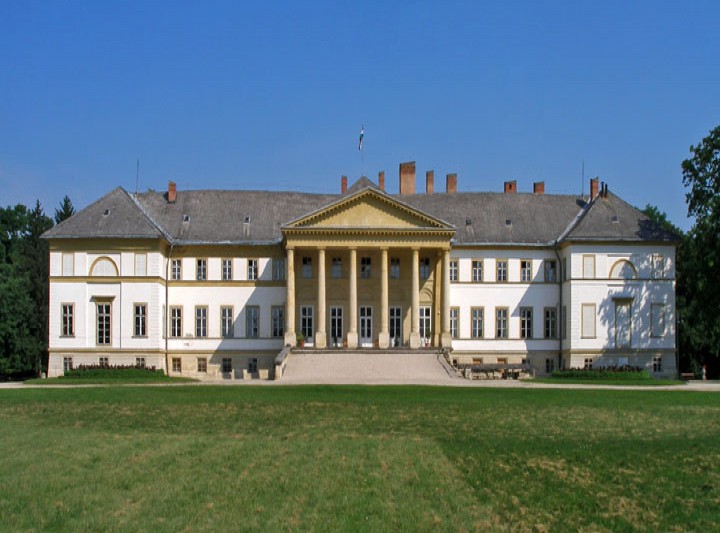
Festetics Castle, Dég
The Festetics Castle is one of the most beautiful – and the only open – classicist castle which is surrounded by the largest English garden in our country. Its mile-long picturesque fishpond is the longest amongst the ponds in any park of the country.
The jewel of its island is a special garden building: the red-brick Dutch House built in Low Country style, whose ground floor housed a cowshed while on the top there was an apartment which served as a sanatorium for a countess with a lung disease. There are many legends connected to the castle, it is said to be the secret centre of the Hungarian freemasons.
The castle was built on the commission of Antal Festetics (1764-1853) the “richest” gentry of the country, imperial and royal chamberlain who asked a prominent figure of the Hungarian classicism, an architect whom he had previously employed for designing. The façade of the castle facing the park reminds us of the building of the Hungarian National Museum – it is not by accident as the designer of both buildings was Mihály Pollack (1773-1855). As opposed to the historically significant steps of the museum, in Dég a gravel ramp leads to the park. It is also an unusual architectural accomplishment that the oval state-room was not placed in the central part of the building but in its corner-room. At the opposing end there is a similarly oval-shaped and yet intimate countess bathroom.
In the 1920s Sándor Festetics had the castle altered and updated: the decoration following the style of classicism which we see today was formed at this time.
The picturesque building, the Dutch House standing on the isle of the pond was built in 1891 in the place of a former building. The ground-floor served as a cowshed (the six Hungarian dappled cows living and grazing on the island were an important visual element of the park) while the upper floor was turned into an apartment for the treatment of the pulmonic Andorné Festetics as the air of the stables containing ammonia and fresh milk was considered to have healing properties. Originally the only way to access the island was a rowing boat towed by a wire. The present day bridge was only built later.
| Address: | 8135 Dég, Hunyadi street 11. |
| Email: | degikastely@nofnkft.hu |
| Phone: | +36 70 951 7180 |
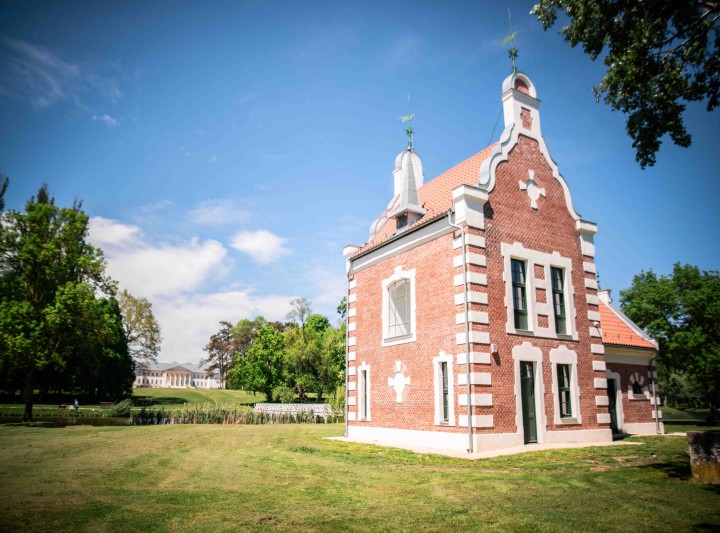
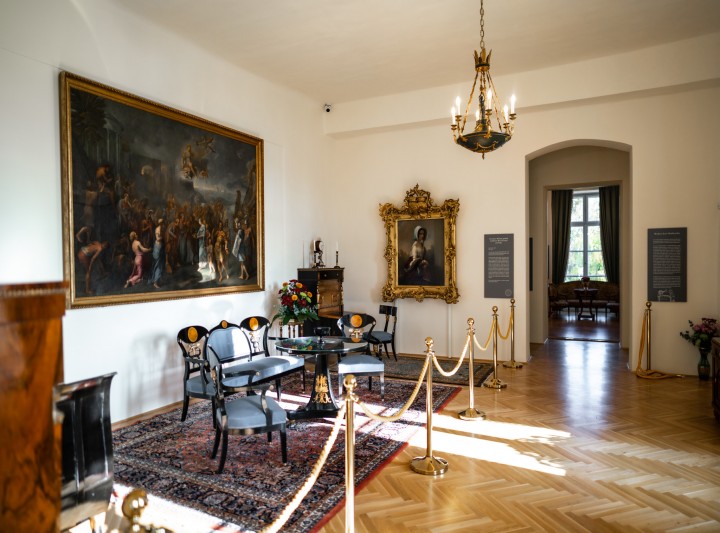
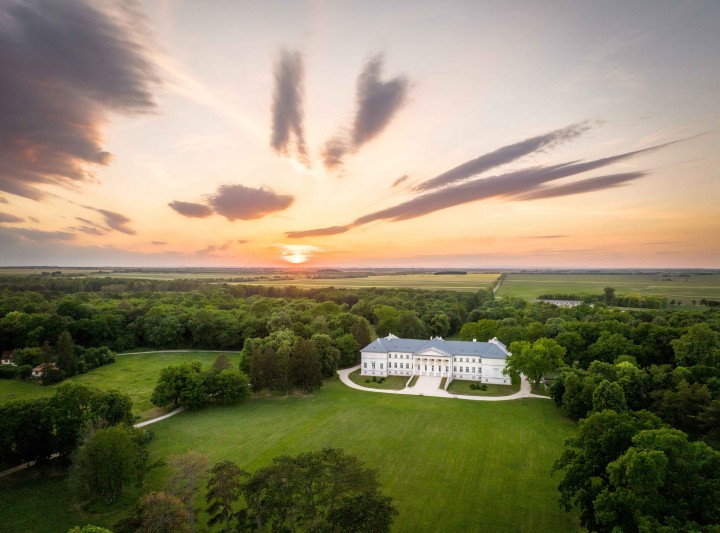
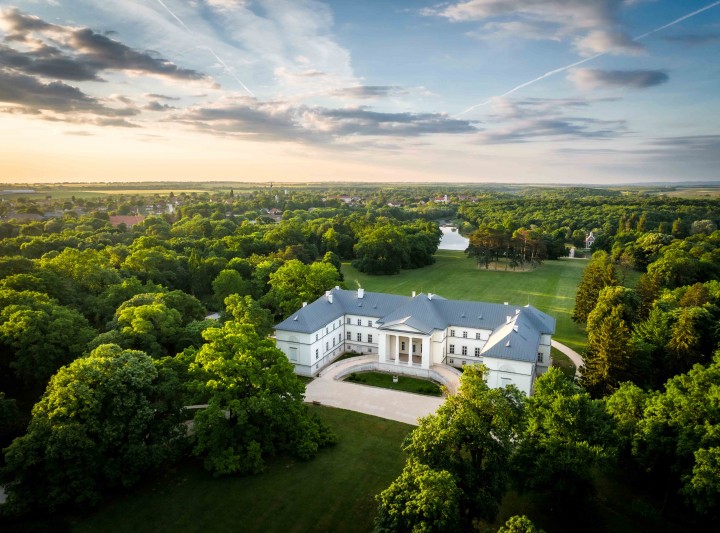
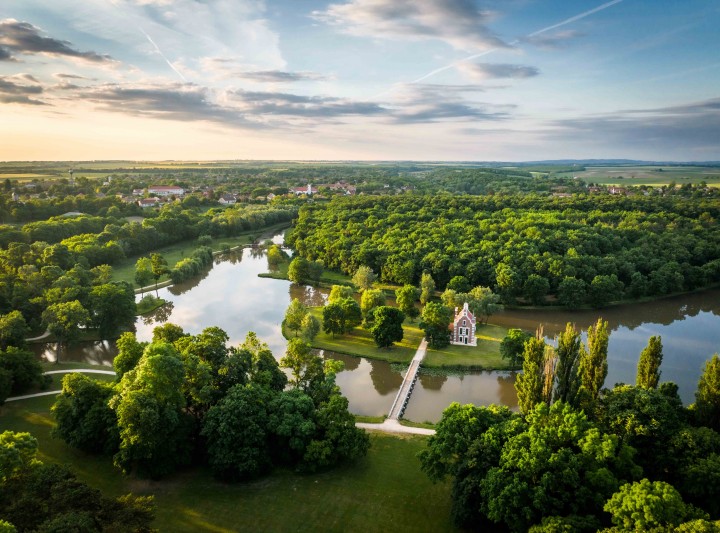
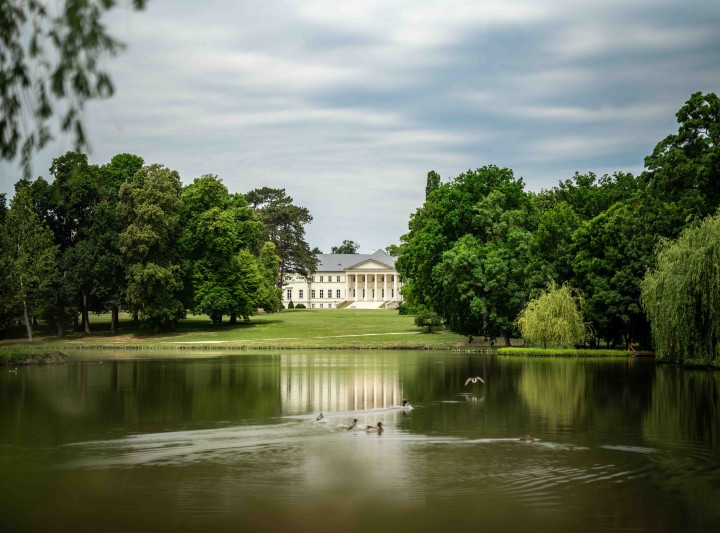












3000px.png)









